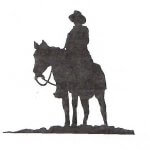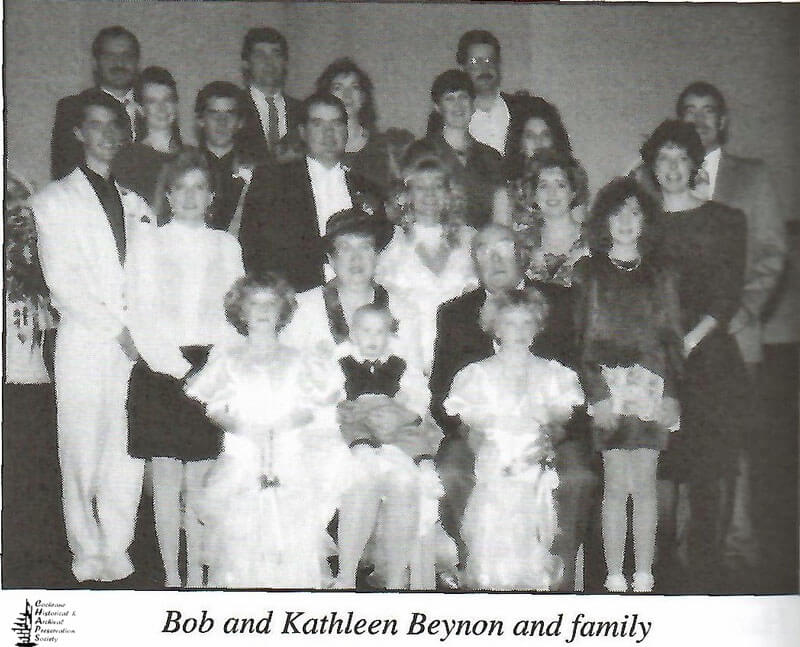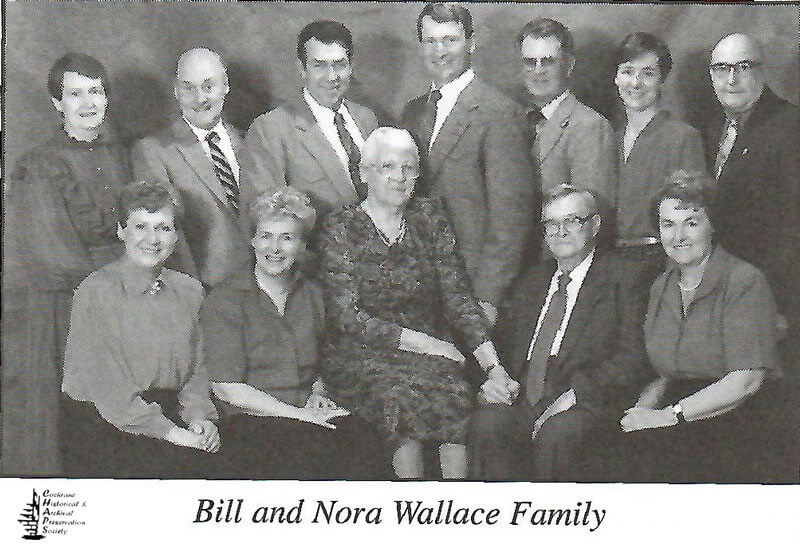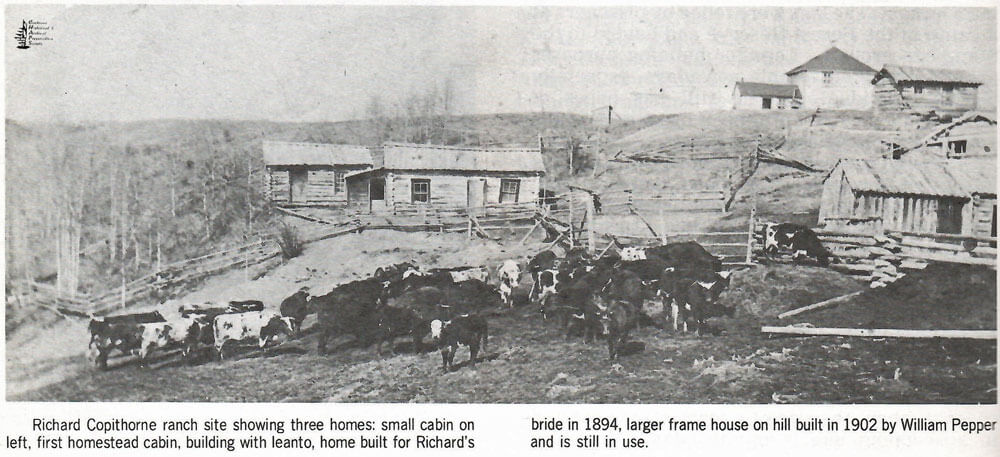Here is part 2 of our 2022 Top Stories as chosen by your readership count.
Click on the photo to go to the original story.
In August of 2005, the Wallace family celebrated the 100th anniversary of the farm started by grandparents, Sarah and William Wallace. Our grandparents were among those flocking to the west to prove up on homesteads: the population of Alberta (then the Northwest Territories) quintupled from 1900 to 1910.
Hundreds upon hundreds of Blackfoot lodges spread through the valley, and the preparation of meat, tanning of hides, the singing and the feasting went on, uninterrupted. On the hillsides, 15,000 or more horses of the Blackfoot grazed untethered. The fully-armed Indians were resplendent in smoke-tanned war shirts trimmed with ermine or fringes of otter and fox. Intricate beadwork adorned their moccasins and headdresses. Thick shields of buffalo hide were as gaily painted as their teepees in the valley.
At this time (1949) the Foothills Rural Electrification Association was formed. Bill McNeill was President, Ernie Vickie Secretary-Treasurer, Bill Osler and Tom were directors. After many discussions and decisions, the Calgary Power Company brought power to the district. The farmers dug the holes for the poles to speed up the progress. In September 1950 the “lights came on”. Everything from milking machines to washing machines were some of our new acquisitions.
Richard was a man who liked horses and when the First World War broke out there were about three hundred Clydesdale horses on the ranch. A horse in those days never had a rope on him until he was four years old. A hurry-up call for horses for the cavalry made a considerable lot of work. It was often marveled at how these wild horses tamed down when taken off their home range and put in a military camp.







